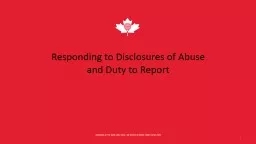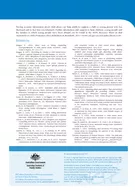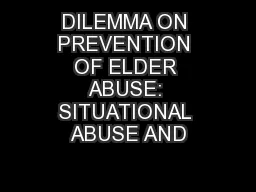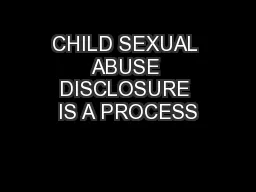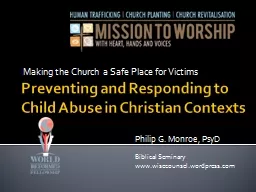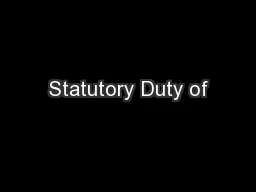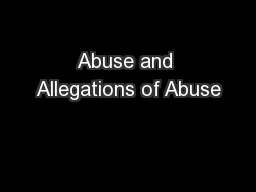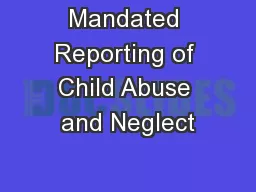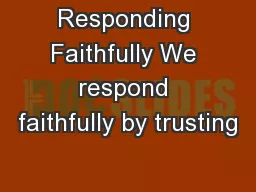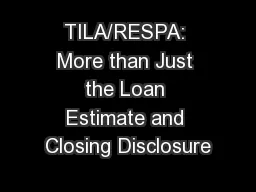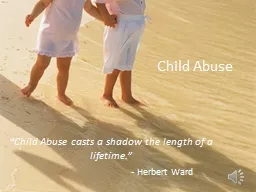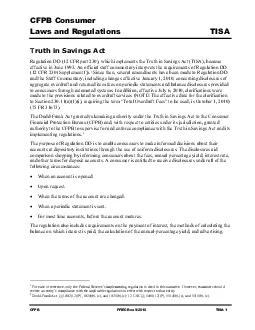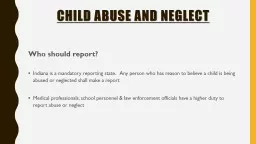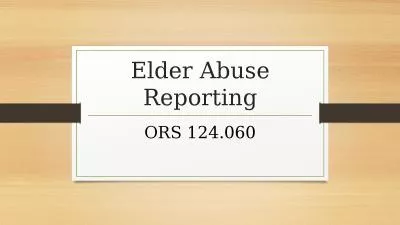PPT-Responding to Disclosures of Abuse and Duty to Report
Author : frogspyder | Published Date : 2020-06-15
1 How Abuse Can Come to Your Attention You may recognize the signs that a child may be abused Someone may tell you they think a child is being abused A child may
Presentation Embed Code
Download Presentation
Download Presentation The PPT/PDF document "Responding to Disclosures of Abuse and D..." is the property of its rightful owner. Permission is granted to download and print the materials on this website for personal, non-commercial use only, and to display it on your personal computer provided you do not modify the materials and that you retain all copyright notices contained in the materials. By downloading content from our website, you accept the terms of this agreement.
Responding to Disclosures of Abuse and Duty to Report: Transcript
Download Rules Of Document
"Responding to Disclosures of Abuse and Duty to Report"The content belongs to its owner. You may download and print it for personal use, without modification, and keep all copyright notices. By downloading, you agree to these terms.
Related Documents

